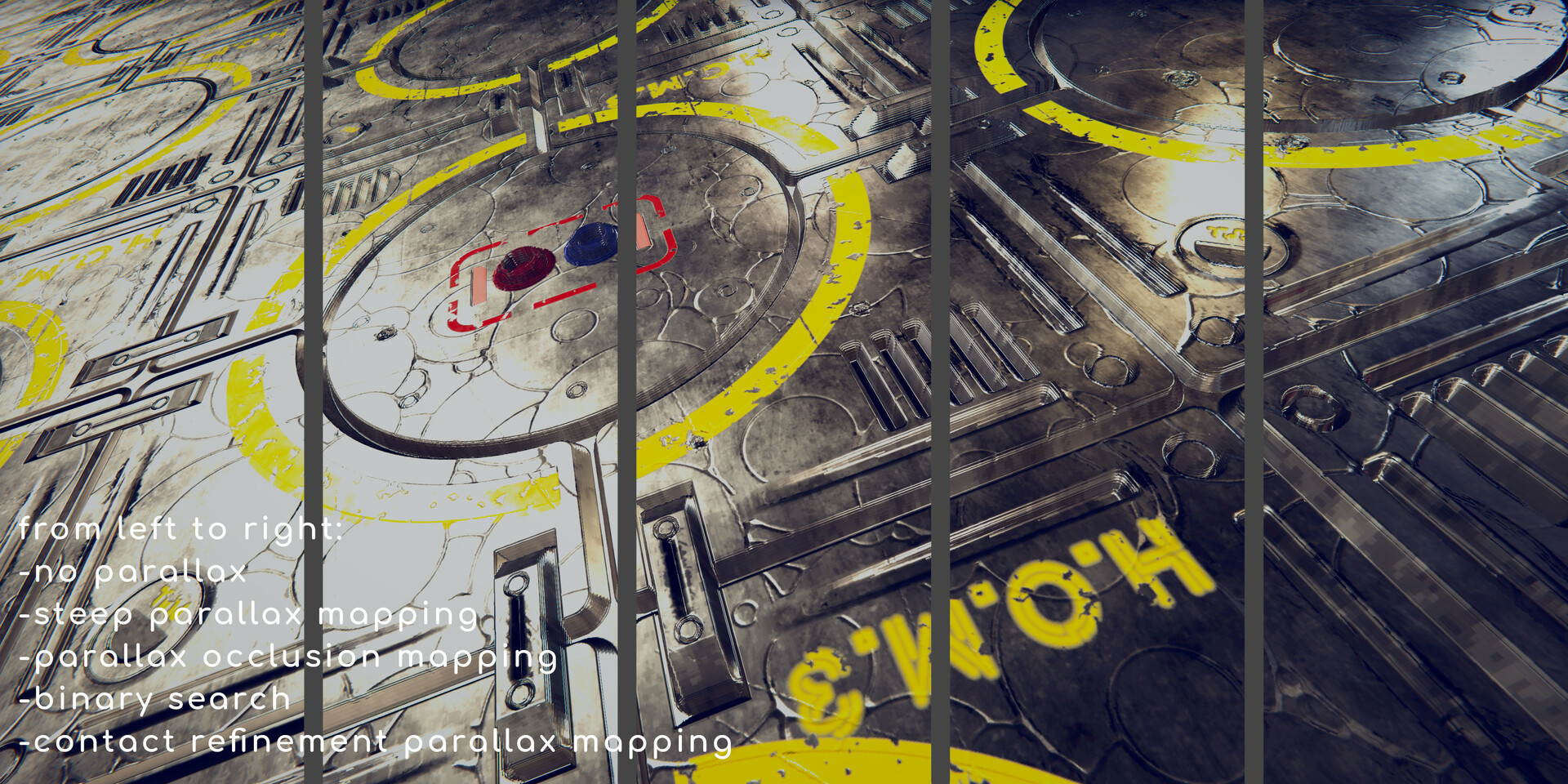📜 A collection of Unity Shaders and tools to make them 📜
Built with ❤︎ by orels1 and contributors
For any Unity project - Download Here
You should grab the top .unitypackage file from the latest release. It contains all the shaders and tools. It should be named like
sh.orels.shaders-full-X.X.X.unitypackage
Add this repo listing to your VCC
https://orels1.github.io/orels-Unity-Shaders/index.json
Afterwards - add ORL Shaders package to your project
There are more in-depth instructions and explanations on the docs!
Having issues? Hop by the discord
Check out the demo world which uses these shaders! It showcases most of the features and has some presets to play with.


